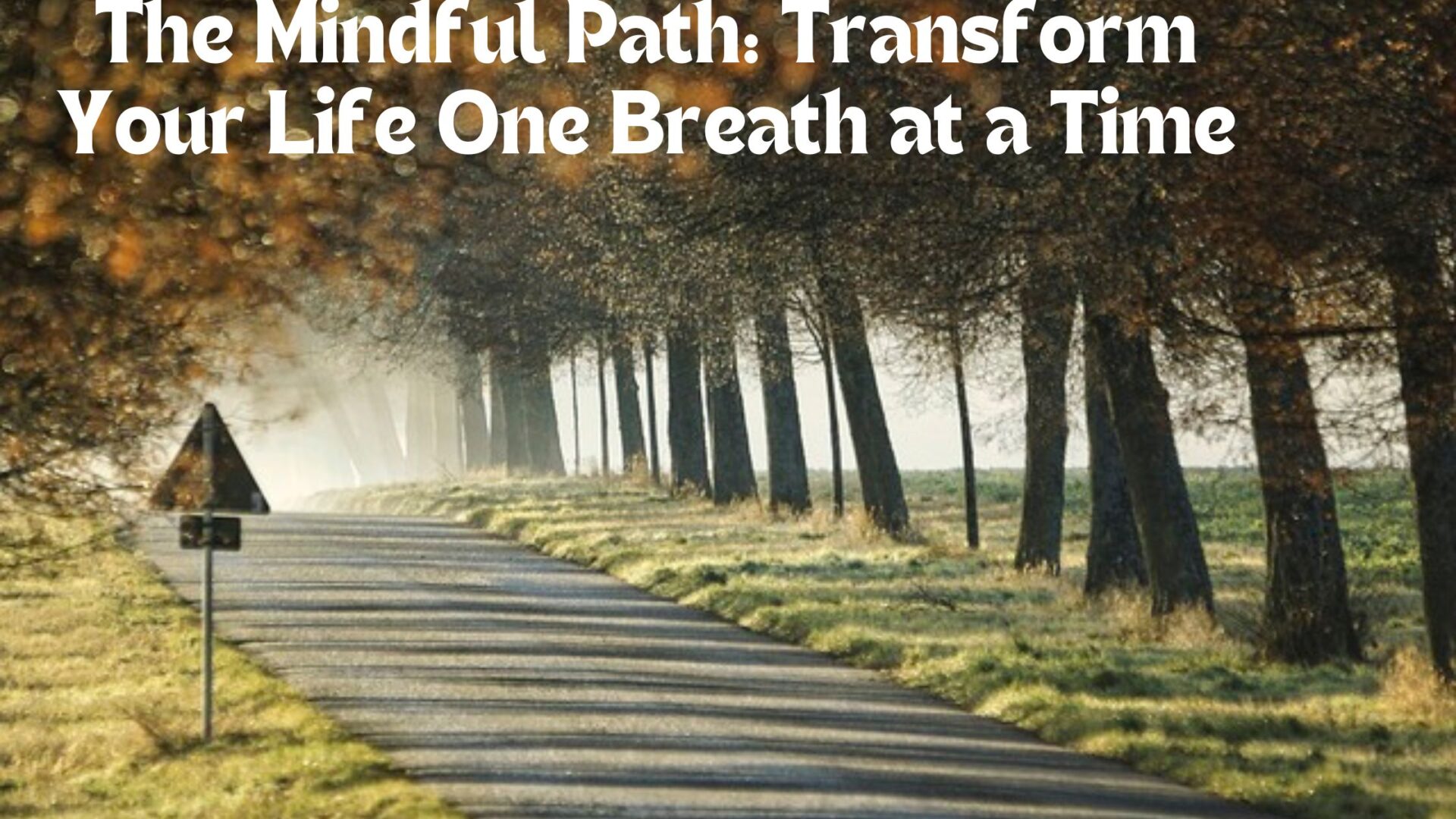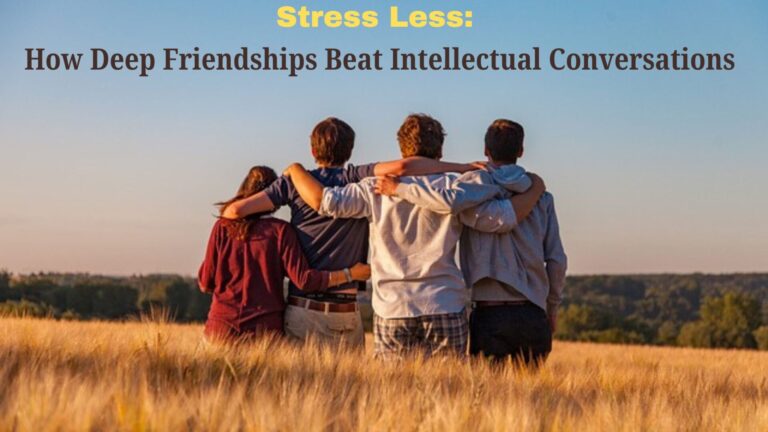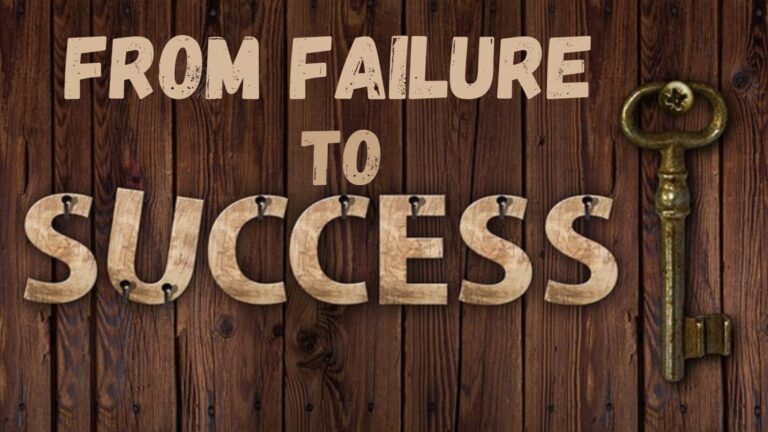Introduction:-
The Mindful Path: Transform Your Life One Breath at a Time

In a world dominated by stress and anxiety, achieving inner peace and equilibrium has become imperative. Mindfulness, an ancient practice with roots in Buddhist traditions, offers a potent tool for life transformation. Through its emphasis on present-moment awareness and mindful breathing, mindfulness equips individuals to navigate life’s challenges with greater ease and clarity. Embark on a journey of mindful exploration, one breath at a time, and discover how this practice can revolutionize your life.
What is Mindfulness Path?
In the realm of personal growth, mindfulness stands as a transformative practice that encourages us to dwell fully in the present moment, free from judgment. It entails a conscious focus on our thoughts, emotions, and physical sensations, embracing them with open-mindedness and curiosity. Through consistent mindfulness practice, we embark on a journey of self-discovery, gaining a profound understanding of our inner workings. This heightened awareness leads to enhanced emotional and mental well-being, empowering us to navigate life’s challenges with greater resilience and tranquility.
The Science Behind Mindfulness
Studies have highlighted the profound effects of mindfulness on mental and physical well-being. A study published in the Journal of the American Medical Association revealed that mindfulness-based stress reduction (MBSR) can significantly alleviate symptoms of anxiety, depression, and chronic pain. Moreover, another study established that mindfulness meditation can enhance brain functionality, particularly in regions associated with attention, self-awareness, and emotional regulation.
Benefits of Mindfulness:
- Stress and Anxiety Reduction: Mindfulness cultivates a state of calmness and relaxation, aiding in the reduction of stress and anxiety. It encourages individuals to respond to stressful situations thoughtfully, rather than reacting impulsively.
- Mental Health Enhancement: Regular mindfulness practice has been shown to alleviate symptoms of depression and promote overall mental well-being. It breaks the cycle of negative thinking patterns, fostering a more optimistic outlook on life.
- Improved Focus and Concentration: By training the mind to stay present, mindfulness enhances concentration and focus on tasks. This leads to increased productivity and better performance in both personal and professional endeavors.
- Emotional Regulation: Mindfulness cultivates self-awareness of emotions and their impact on behavior. This awareness enables individuals to manage their emotions more effectively, responding to situations with clarity and wisdom.
- Physical Health Benefits: Mindfulness has been associated with various physical health benefits, such as lower blood pressure, improved immune system function, reduced inflammation, chronic pain management, and enhanced sleep quality.
How to Practice Mindfulness
- Begin with Your Breath: Mindfulness practice begins with focusing on the breath. Notice the sensation of the air as it enters and leaves your nostrils. When your mind wanders, gently bring your attention back to your breath.
- Body Scan Meditation: Pay attention to different parts of your body, starting from your toes and moving up to your head. Notice any sensations, tension, or discomfort without trying to change anything.
- Mindful Walking: Integrate mindfulness into your daily routine by paying attention to the sensation of your feet touching the ground, the movement of your legs, and the rhythm of your breath while walking.
- Mindful Eating: Focus on the taste, texture, and aroma of your food. Eat slowly, savoring each bite, and paying attention to the experience of eating without distractions.
- Guided Meditations: Enhance your mindfulness practice by using guided meditation apps or recordings. These can be particularly helpful for beginners, providing assistance in staying focused and developing mindfulness skills.
Implementing Mindfulness in Daily Life
Mindfulness is not restricted to formal meditation sessions; it can be integrated into routine activities. Here are some strategies for integrating mindfulness into your everyday life:
- Morning Ritual: Commence your day with a few moments of mindfulness meditation to establish a positive tone for the day.
- Mindful Intervals: Throughout the day, take brief pauses to practice mindfulness. This can help you recharge and maintain focus.
- Attentive Listening: Engage in active listening by giving the person you’re speaking with your full attention, without interrupting or planning your response.
- Gratitude Reflection: Conclude your day by reflecting on things you’re grateful for. This can help you focus on positive experiences and enhance your overall well-being.
How long does it take to see the benefits of mindfulness?
The Timeline of Mindfulness Benefits

The advantages of practicing mindfulness vary based on factors like the individual, consistency, and the outcomes measured. Here’s a general overview of when you can expect to see benefits:
1. Immediate Effects:
- After a single session, many people report feeling calmer and less stressed.
- This can include temporary anxiety reduction and increased tranquility.
2. Short-term Benefits (Within Weeks):
- Regular practice leads to noticeable benefits within a few weeks.
- These include improved focus, better sleep, reduced anxiety and depression symptoms, and increased well-being.
- Studies suggest that even 10-15 minutes of daily mindfulness can bring about these changes.
3. Medium-term Benefits (1-3 Months):
- After a few months of consistent practice, more significant changes emerge.
- People often report improved emotional regulation, stress management, resilience, and self-awareness.
- Cognitive benefits like enhanced attention and memory may also become apparent.
4. Long-term Benefits (6 Months and Beyond):
- Long-term mindfulness practice can lead to profound and lasting changes.
- These include sustained mental health improvements, a deeper sense of peace, increased compassion and empathy, and a greater ability to stay present and engaged in daily life.
- Structural brain changes may occur, such as increased gray matter density in areas related to learning, memory, and emotional regulation.
Remember, mindfulness is a skill that improves with practice. Consistency is vital to experiencing its full benefits. Individual experiences may vary, and some people may notice changes sooner or later than others.
Are there any apps or tools that can help with mindfulness practice?
Absolutely! Here’s a revised version of the input text, rephrased, reworded, and reorganized for clarity and readability:

Mindfulness Apps and Tools
Various apps and tools are designed to assist with mindfulness practices. Here are some popular choices:
Mindfulness Apps
- Headspace:
- Offers guided meditations and mindfulness techniques.
- Includes themed sessions on stress, sleep, and focus.
- Features a user-friendly interface and engaging animations.
- Calm:
- Provides guided meditations, sleep stories, breathing programs, and relaxing music.
- Includes specific programs for beginners and advanced users.
- Offers diverse content tailored to different needs and goals.
- Insight Timer:
- Contains a vast library of free guided meditations.
- Features sessions from a range of mindfulness teachers and traditions.
- Includes a customizable meditation timer.
- 10% Happier:
- Focuses on mindfulness and meditation for skeptics.
- Offers practical, science-backed practices.
- Includes courses and content from renowned mindfulness teachers.
- Smiling Mind:
- Free mindfulness app developed by psychologists and educators.
- Offers programs tailored to different age groups, including children and adolescents.
- Emphasizes building mindfulness skills in daily life.
Additional Tools
- Mindfulness Journals:
- Guided journals with prompts for daily mindfulness reflection.
- Helps track progress and develop a consistent practice.
- Wearable Devices:
- Devices like the Muse headband provide real-time feedback on brain activity during meditation.
- Can assist users in understanding their practice and making adjustments.
- Online Courses and Communities:
- Websites like Mindful Schools, Sounds True, and Coursera offer online mindfulness courses.
- Many courses include community forums for support and discussion.
- YouTube Channels:
- Channels like The Honest Guys, Tara Brach, and Eckhart Tolle provide free guided meditations and talks on mindfulness.
- Mindfulness Books:
- Books like “The Miracle of Mindfulness” by Thich Nhat Hanh, “Wherever You Go, There You Are” by Jon Kabat-Zinn, and “The Power of Now” by Eckhart Tolle offer in-depth exploration of mindfulness concepts and practices.
These apps and tools can provide valuable support and guidance for both beginners and experienced practitioners, helping to establish and deepen a mindfulness practice.
Conclusion
Embark on a mindful odyssey that leads to greater serenity, equilibrium, and overall well-being. Integrate mindfulness into your existence, one breath at a time, and discover a newfound ability to navigate life’s hurdles with ease and lucidity. Initiate your mindfulness practice today and witness the transformative effects it can have on your mind, body, and spirit.
References
- Mindfulness-Based Stress Reduction and Health Benefits
- Effects of Mindfulness Meditation on Brain Function








